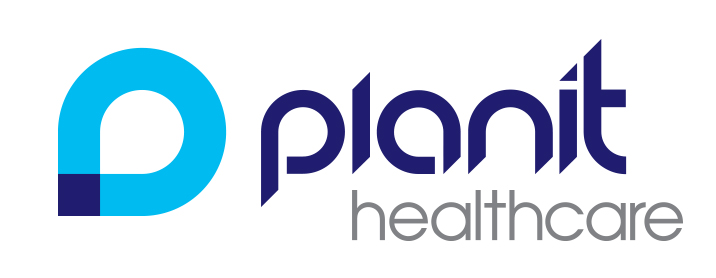PAIP 2021 Challenge: Perineural Invasion in Multiple Organ Cancer (Colon, Prostate and Pancreatobiliary tract)¶

- Validation submission re-opened! (08, Mar. '22)
📚 About¶
- PAIP 2021 Challenge aims at the development of Medical AI technology.
- Task: Detection of perineural invasion in multiple organ cancer
- Carefully selected whole slide images (Total 240 WSIs) of Colon, Prostate and Pancreas which were manually annotated by expert pathologists will be provided according to the schedules below.
✔ Schedule¶
- 4/12 ----- Challenge start
- 4/26 ----- Evaluation metrics & submission rules for validation phase
- 6/14 ----- Validation submission start at KST 10:00 (GMT + 9:00)
- 7/07 ----- End of submission at KST 16:00 (GMT + 9:00)
- 7/12 ----- Test Data release & submission start at KST 10:00 (GMT + 9:00)
- 7/26 ----- End of submission at KST 16:00 (GMT + 9:00)
- 10/01 --- Challenge Workshop

 How to participate¶
How to participate¶
1. Read the challenge rules carefully.¶
2. Sign up for a Grand Challenge account.¶
3. Join the PAIP 2021 Challenge. (Click the join button.)¶
4. Submit a Data Use Agreement Consent form (DUA).¶
(Click the Join button and you can see the submit link at Download.)¶
5. Download the datasets from a link on the confirmed email with access credentials.¶
6. Submit your result with an abstract.¶
*If you have any questions, please contact us at paip.challenge@gmail.com. ***¶
 Aims¶
Aims¶
PAIP 2021 challenge aims to promote the development of a common algorithm for automatic detection of perineural invasion in resected specimens of multi-organ cancers. PAIP 2021 challenge will have a technical impact in the following fields: detection of composite targets (nerve and tumor) and common modeling for target images in multiple backgrounds. This challenge will provide a good opportunity to overcome the limitations of current disease-organ-specific modeling and develop a technological approach to the universality of histology in multiple organs.¶
 Motivation¶
Motivation¶
Perineural invasion by malignant tumor cells has been reported as an independent indicator of poor prognosis in cancers. The College of American pathologists recommended the inclusion of perineural invasion in pathology reports for resected specimens of malignant tumors. Detection of perineural invasion in small nerves on glass slides is a labor-intensive task. Histologically, perineural invasion is composed of nerve and tumor cells attached to the nerve, and the nerve may be completely enclosed within the tumor mass. The morphology of nerves is the same in all organs, but tumor cells have various forms according to the histologic type and organs they are present in, thus modeling cancer in every organ is difficult. In the case of similar histology among the different cancers, it is challenging to determine whether an algorithm can be made for common histologic elements even if the background organs are different.¶
 References¶
References¶
1. Cuadrado-Godia, Elisa, et al. "Cerebral small vessel disease: a review focusing on pathophysiology, biomarkers, and machine learning strategies." Journal of stroke 20.3 (2018): 302. 2. del C. Valdés Hernández, Maria, et al. "Towards the automatic computational assessment of enlarged perivascular spaces on brain magnetic resonance images: a systematic review." Journal of Magnetic Resonance Imaging 38.4 (2013): 774-785. 3. Tillin T, Forouhi NG, McKeigue PM, Chatuverdi N for the S group, Chaturvedi N. Southall And Brent REvisited: cohort profile of SABRE, a UK population-based comparison of cardiovascular disease and diabetes in people of European, Indian Asian and African Caribbean origins. Int J Epidemiol 2012; 41: 33–42.¶
4. Sudre CH, Smith L, Atkinson D, Chaturvedi N, Ourselin S, Barkhof F, et al. Cardiovascular Risk Factors and White Matter Hyperintensities: Difference in Susceptibility in South Asians Compared With Europeans. J Am Heart Assoc 2018; 7¶
 Organizers¶
Organizers¶



 ¶
¶

 ¶
¶
 This research project is funded by
the Ministry of Health and Welfare, Republic of Korea.
This research project is funded by
the Ministry of Health and Welfare, Republic of Korea.
